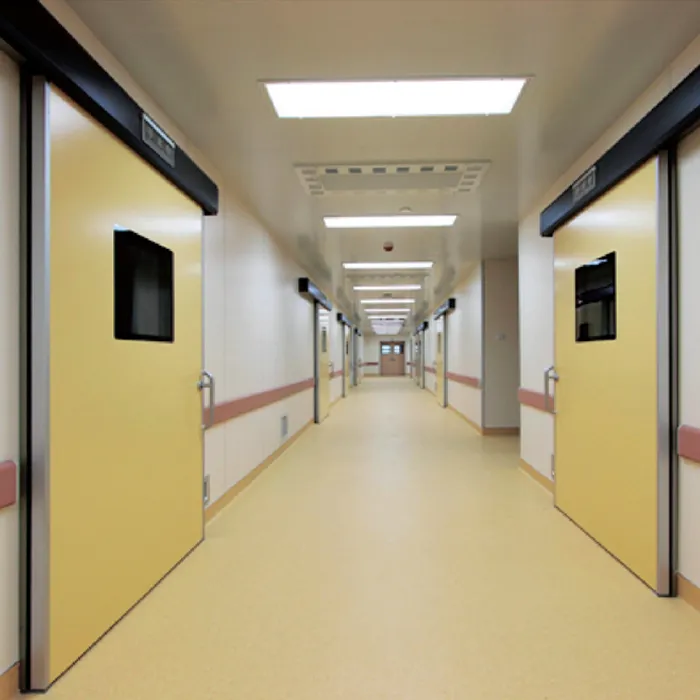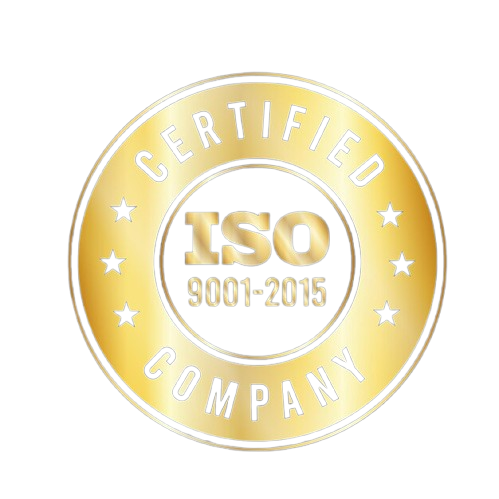Cleanrooms have become a crucial aspect of various industries, playing a pivotal role in ensuring the production of high-quality products, conducting sensitive research, and maintaining a sterile environment for critical processes. From electronics manufacturing to pharmaceuticals and aerospace, cleanrooms offer a controlled environment that is devoid of contaminants, ultimately safeguarding both products and personnel. In this article, we will delve into the significance of cleanrooms, their applications across industries, and the essential considerations for their design and maintenance.
The Role of Cleanrooms in Industries
- Electronics Manufacturing: The electronics industry heavily relies on cleanrooms to prevent the intrusion of even tiny dust particles that could compromise the functionality of microchips and other delicate components.
- Pharmaceuticals and Biotechnology: In the pharmaceutical sector, cleanrooms are vital for producing medications and conducting research under sterile conditions. Contamination can have dire consequences, making cleanrooms essential in maintaining product quality and patient safety.
- Aerospace: Cleanrooms are used for assembling spacecraft, satellites, and various aerospace components. The absence of contaminants is crucial to ensure the functionality and reliability of these sensitive technologies.
- Medical Device Manufacturing: The production of medical devices, such as implants and surgical instruments, demands a sterile environment to prevent infections and ensure the safety of patients.
- Optics and Precision Engineering: Industries involved in producing optical components, precision machinery, and tools require cleanrooms to prevent imperfections that could affect the performance of these products.
- Semiconductor Industry: Given the micro-scale of semiconductor manufacturing, cleanrooms are imperative to prevent defects in the chips that could render them useless.
- Food and Beverage: Cleanrooms are used to control contamination during the production and packaging of food and beverages, particularly in the case of sensitive products.
Key Benefits of Cleanrooms
- Quality Assurance: Cleanrooms play a pivotal role in ensuring the production of high-quality products that meet industry standards and customer expectations. Contaminant-free environments minimize defects and flaws.
- Personnel Safety: In industries where exposure to hazardous substances is a concern, cleanrooms provide a safe working environment for personnel. This is particularly crucial in research involving chemicals, pathogens, or radiation.
- Research and Development: Cleanrooms are indispensable for conducting cutting-edge research where precise control over the experimental environment is essential. They facilitate advancements in fields like nanotechnology and biotechnology.
- Regulatory Compliance: Many industries, such as pharmaceuticals and healthcare, are subject to strict regulatory guidelines. Cleanrooms aid in adhering to these regulations, avoiding legal complications and penalties.
- Contamination Control: Contaminants can drastically impact product performance and safety. Cleanrooms limit the presence of contaminants, ensuring consistent product quality.
- Minimization of Downtime: For industries relying on sensitive processes, the presence of contaminants can lead to frequent equipment malfunctions and downtime. Cleanrooms mitigate this issue, reducing operational disruptions.
Design and Maintenance Considerations
Creating and maintaining an effective cleanroom requires careful planning and management. Several factors need to be considered:
- Classifications: Cleanrooms are classified based on the number and size of particles allowed per cubic meter. The classification depends on the industry and process requirements.
- Airflow and Filtration: Proper airflow patterns and efficient filtration systems are essential to control the movement of particles within the cleanroom.
- Material Selection: The materials used in the cleanroom’s construction and furnishing should be easy to clean and resistant to chemicals and contaminants.
- Personnel Protocol: Strict protocols for gowning, decontamination, and behavior within the cleanroom are crucial to maintaining its cleanliness.
- Regular Monitoring: Cleanrooms require continuous monitoring of parameters like particle counts, temperature, humidity, and air pressure differentials to ensure they remain within the specified limits.
- Maintenance Schedule: Regular maintenance, including filter replacements and equipment checks, is essential to sustain the cleanroom’s efficiency.
Conclusion
Cleanrooms play a pivotal role in modern industries, enabling the production of high-quality products, conducting advanced research, and ensuring the safety of both products and personnel. Their significance spans electronics, pharmaceuticals, aerospace, and various other sectors. By providing a controlled environment devoid of contaminants, cleanrooms contribute to maintaining quality, safety, and compliance with regulatory standards. Designing and maintaining a cleanroom involves careful consideration of factors like classifications, airflow, and personnel protocols. As industries continue to advance, cleanrooms will remain a cornerstone of progress and innovation.




